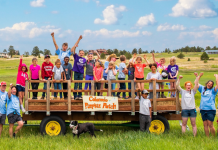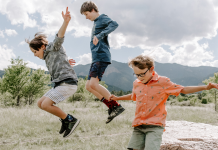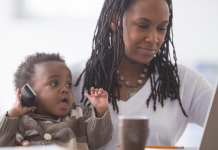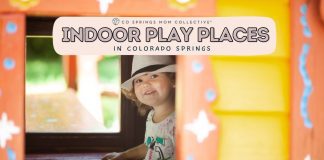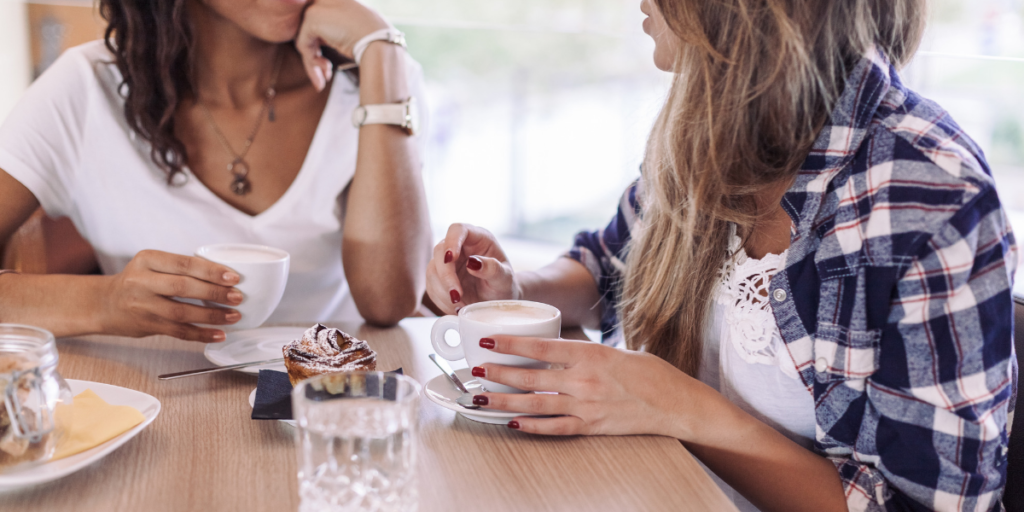 Like most of you, I’m constantly doing work to become a better person – as a mother, wife, employer… I believe there is a need to work on myself. I read self-help books, meditate, and listen to podcasts. Most recently, I am working on awareness of my different biases. Through my job, I am completing a research project that examines the individual biases we all have. This research questions if these biases can change. And through this work, I have discovered a lot about myself.
Like most of you, I’m constantly doing work to become a better person – as a mother, wife, employer… I believe there is a need to work on myself. I read self-help books, meditate, and listen to podcasts. Most recently, I am working on awareness of my different biases. Through my job, I am completing a research project that examines the individual biases we all have. This research questions if these biases can change. And through this work, I have discovered a lot about myself.
What is bias?
Merriam-Webster defines bias as “an inclination of temperament or outlook especially : a personal and sometimes unreasoned judgment.” Basically, biases are the natural tendencies we all have. They are the collective learnings and observations through the course of our lives. They are derived from our culture and what society has told us is “normal.”
How does it work?
Bias comes to us in many forms. In fact, it’s believed that there are over 150 types of bias – everything from overconfidence bias and confirmation bias to authority bias and similarity bias. Throughout our lives we have stored tiny bits of information from every interaction we have into our subconscious. We then use this information to come to conclusions very quickly.
This explains why, when we see a person representing our favorite sports team or driving the same vehicle as we do, we automatically decide we like them. “They must be nice,” we think. “They’re a Broncos fan.” Have you ever noticed how drivers of Harley-Davidsons always wave at each other? There is some sort of internal trigger that bonds them together, without knowing anything else about them.
Conversely, when we come across a person who does not represent our cultural norms, we have an adverse snap judgement. For example, you may cross the street when you see a homeless person ahead. “They’re homeless; therefore, they must be dangerous.” Or you see someone wearing a tee-shirt from your alma-mater’s rival and you immediately decide you don’t like them.
You may have these reactions and you know why. But what about those times that you have a gut reaction and you don’t know why. Or, you don’t realize it. I am talking about those moments when you make a judgement about another mom at the school open house, in the grocery store aisle, or at a sporting event.
Why does it happen?
We all have bias; it’s natural. We all have an identity, which comes from associating with different groups. By belonging to groups, we naturally categorize others and make comparisons between different groups. These groups may be racial, ethnic, or regional. We are categorized into groups based on religion and sexual preference. Think about the different groups you fit into – you may be a working mom or a stay-at-home mom. Either way, you likely associate more closely with others who “fit” into your group.
Society accepts some identities more than others. Certain identities are taboo, discredited, or disregarded. And, all identities have stereotypes associated with them. And, the way we react and treat others is shaping the biases our children will have towards others. We gather information from the things we watch, listen to, and read. Experiences lead to associations. Associations lead to bias.
What can I do about it?
There is a difference between explicit bias and implicit bias. Explicit bias is what we believe at a conscious level. It is easy for us to identify, and therefore we can more easily adjust when needed. Like the examples I mentioned before, these are the biases that we know we have. But implicit biases are buried deep inside us – and we may not even know they are there. These are those situations when you avoid the mom wearing pj’s to drop off her kids at school. You’ve made a snap judgement based on your biases.
So first, you must be open to identifying your implicit biases. Simply declaring “I’m colorblind” or “I treat everyone equally” does not exempt you from bias. Project Implicit has a tool that helps to identify your individual “implicit associations” about different groups like race, gender, and sexual orientation. It’s a good place to start when you are beginning a journey of self-awareness.
Biases do not make us good or bad. They simply mean we have been conditioned to subconsciously believe something. Once you have a better understanding of where you may have bias, you can begin to be aware of the lens through which you see different situations. Awareness will increase your ability to consider other perspectives and better navigate complex situations.
As I continue my journey of self-awareness and personal growth, I have challenged myself to be mindful of areas where implicit bias may be affecting my behavior. I’m already seeing areas where my biases have changed. Just recently, I realized that I had a bias against another mother on my child’s sports team. Because she and I had not connected, I assumed that she was stuck-up and a grump. I consciously decided to test my bias, and turns out she’s a really fantastic person who is a little shy and introverted! She just needed someone to take a minute to get to know her.
I am hopeful that increased awareness will allow me to become less judgmental of others and to open my mind to different experiences.




